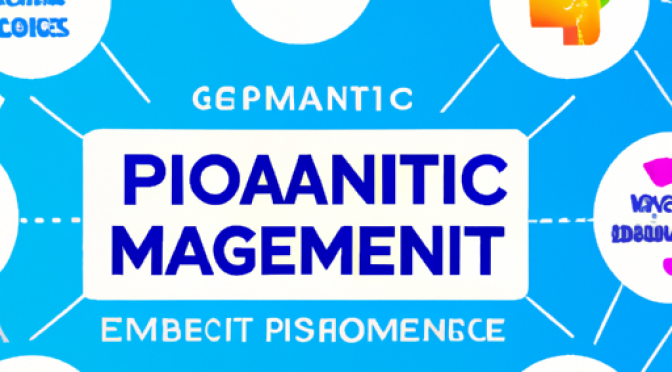Introduction
Genetically Modified Organisms (GMOs) have become a topic of great debate and controversy in recent years. While they offer potential benefits such as increased crop yields and enhanced nutritional value, concerns about their long-term effects on human health and the environment persist. In order to foster a well-informed public discourse on GMOs, it is crucial to leverage AI-driven platforms that can effectively engage and educate the public on both the benefits and risks associated with GMOs.
Engaging the Public
One of the key challenges in discussing GMOs is the complexity of the subject matter. AI-driven platforms can play a crucial role in simplifying and presenting information in a user-friendly manner. By utilizing natural language processing and machine learning algorithms, these platforms can analyze vast amounts of scientific literature and distill the key findings into easily understandable content.
Furthermore, AI-driven platforms can engage the public through interactive features such as quizzes, polls, and forums. These features not only encourage active participation but also provide an opportunity for individuals to voice their opinions and concerns. By fostering a sense of community and inclusivity, AI-driven platforms can create a space for constructive dialogue and knowledge sharing.
Educating the Public
AI-driven platforms can also serve as powerful educational tools by providing personalized learning experiences. By analyzing user preferences and behavior, these platforms can deliver tailored content that matches the individual’s level of understanding and interests. This personalized approach ensures that users receive information that is relevant and engaging to them, increasing the likelihood of knowledge retention.
Additionally, AI-driven platforms can leverage data visualization techniques to present complex scientific concepts in a visually appealing and accessible manner. Through interactive infographics, videos, and animations, these platforms can effectively communicate the benefits and risks of GMOs, making the information more digestible and memorable for the public.
Content Tagging
To enhance the accessibility and discoverability of information, AI-driven platforms can utilize content tagging. By categorizing articles, videos, and other resources based on relevant topics and themes, users can easily navigate through the platform and access the information they are specifically interested in. Content tagging also enables the platform to recommend related content, further expanding the user’s knowledge and understanding of GMOs.
Conclusion
AI-driven platforms have the potential to revolutionize public engagement and education on the benefits and risks of GMOs. By simplifying complex information, fostering dialogue, providing personalized learning experiences, and utilizing content tagging, these platforms can empower individuals to make informed decisions and contribute to the ongoing discussion surrounding GMOs. It is imperative that we leverage the power of AI to bridge the gap between scientific research and public understanding, ensuring a well-informed society.

